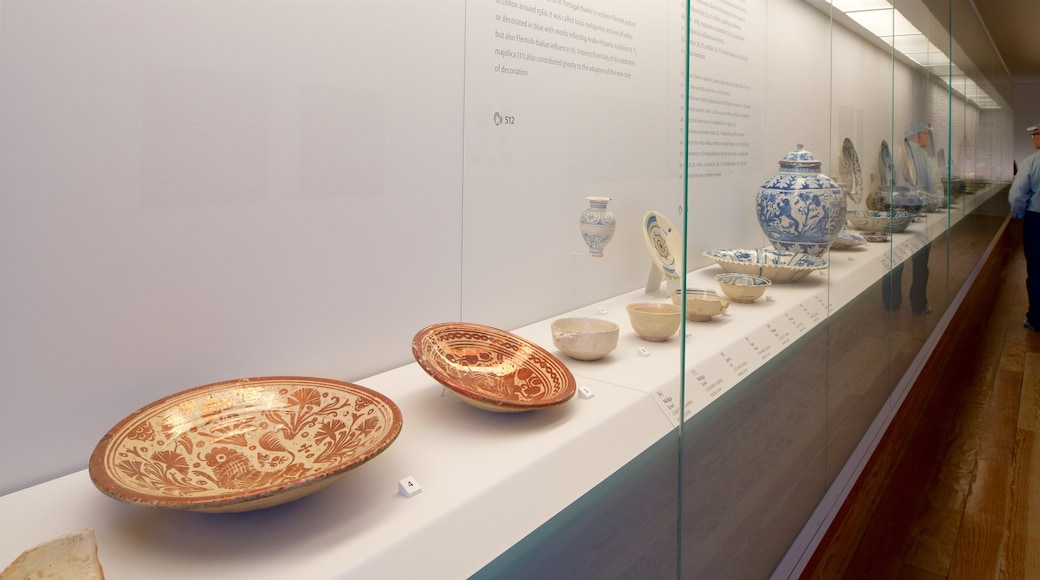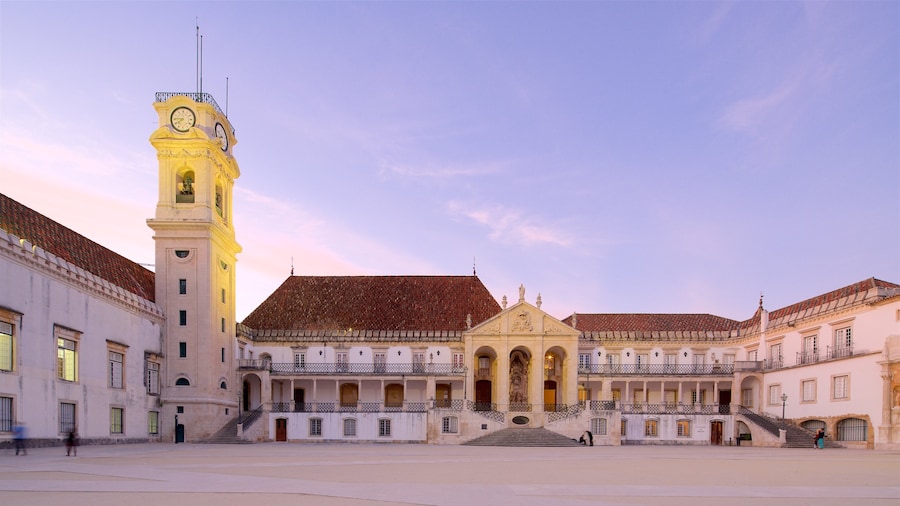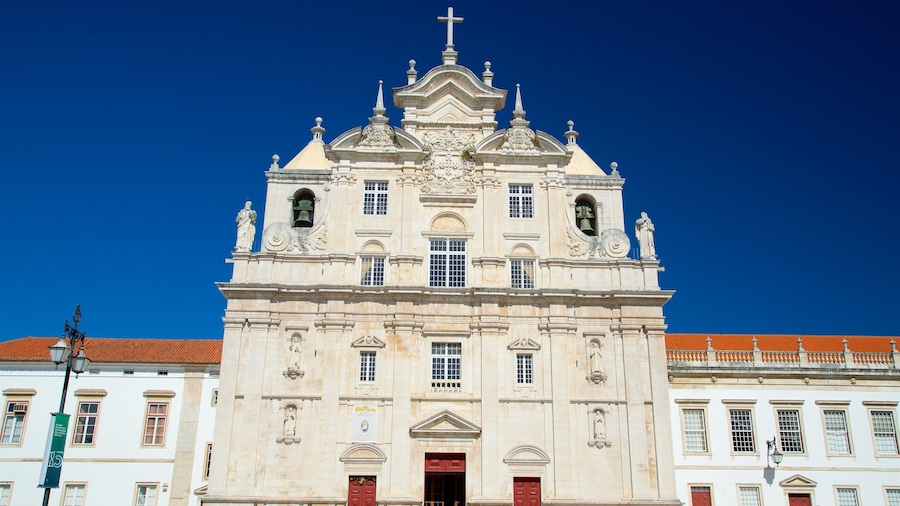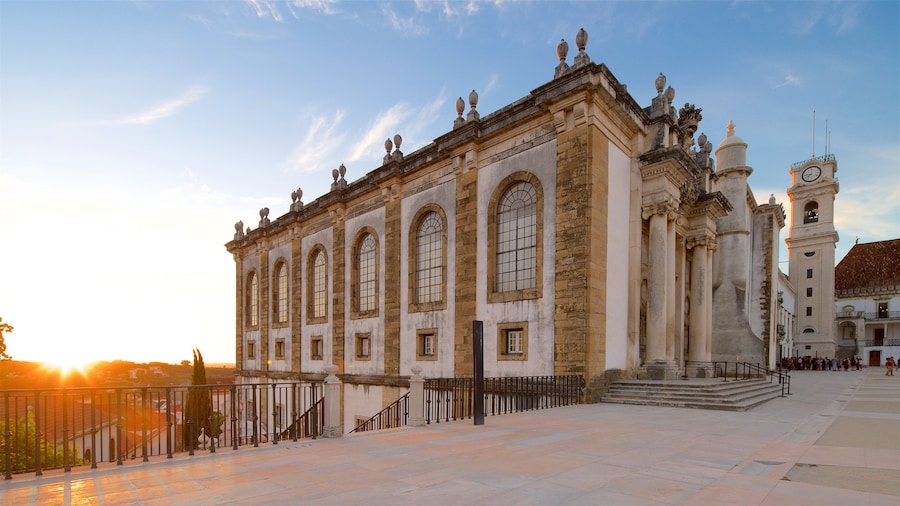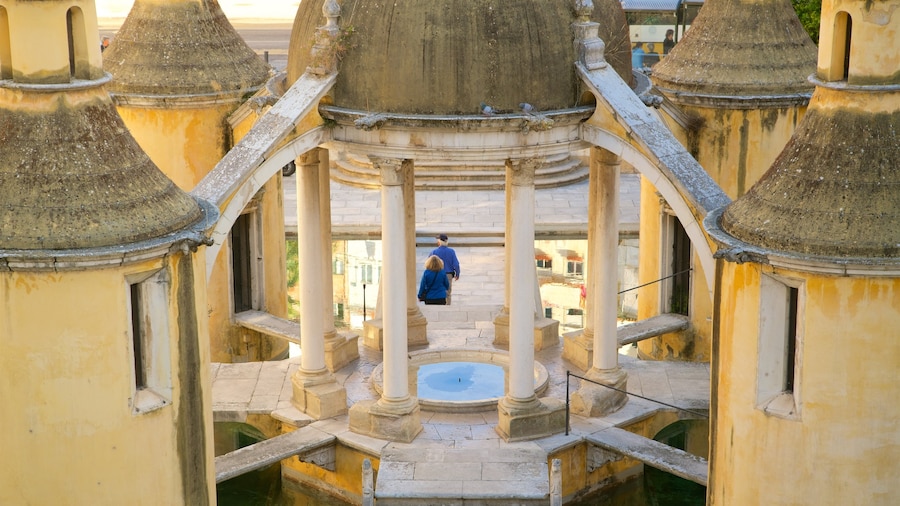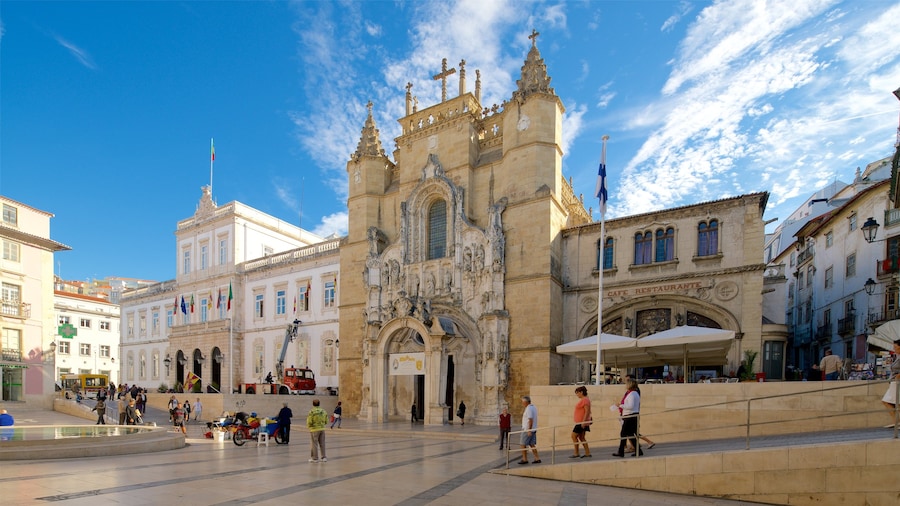Appreciate the magnificent architecture of the former Bishop’s Palace, see religious sculptures and delve into an eerie Ancient Roman corridor.
The Museu Nacional Machado de Castro is a noteworthy art museum in the majestic building of the former Bishop’s Palace. The collection comprises mostly ecclesiastical artifacts and works of art, with a focus on sculptures. Make your way through the various exhibits for a glimpse into Portugal’s history of religious art.
Examine the various sculptures and consider their meaning in Christianity. Among the highlights are the wooden Black Christ, the impressive Christ Entombed and the Medieval Knight, which are all from the 14th century.
Get a closer look at the many paintings on similar themes, with the 15th-century Lady of the Rose and André Gonçalves’ Adoration of the Magi among the high points. The gallery contains several Roman artifacts, including the 1st-century Portrait of Agrippina and the Female Portrait.
Enter the museum via the old medieval portal. Stroll past the elegant colonnades of the former Bishop’s Palace. Enjoy a meal on the terrace of the modern restaurant, which offers excellent views of the historic center of Coimbra. Delve into the illuminated Ancient Roman cryptoporticus, which is a type of covered passageway. The vaulted subsurface galleries have a somewhat eerie ambiance and are an integral part of most visits.
Note that the museum takes its name from the famous Portuguese sculptor Joaquim Machado de Castro. It was initially inaugurated in the early 1900s. The building underwent a large renovation between 2004 and 2012. The former Bishop’s Palace is built roughly on the site where the Roman Forum of Aeminium once stood.
There is a fee for tickets to the museum, with free entrance for children. Consider purchasing an audio guide for a more comprehensive understanding of the exhibits. The museum opens Tuesday through Sunday from morning until early evening, with closures on Tuesday mornings.
The Museu Nacional Machado de Castro is on the eastern flank of the historic center and its many fascinating monuments. See other nearby landmarks, including the Coimbra Town Hall and the Science and Natural History Museum.




